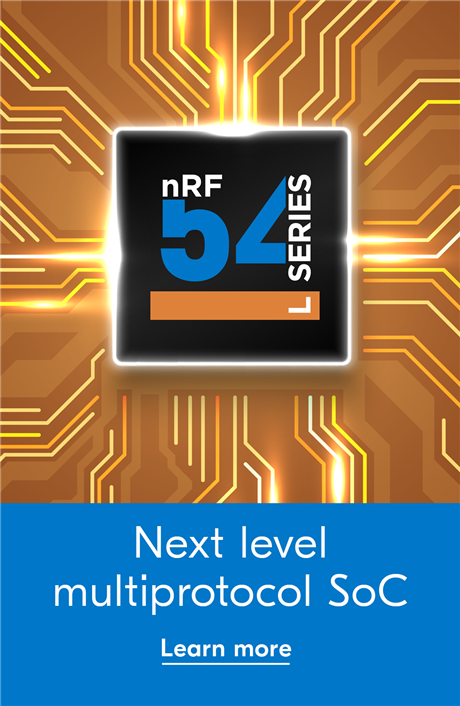Welcome to this 2 or 3-part blog about the nRF52 Rocket, a BLE-enabled model rocket, which you’ve just seen soaring through the air in the video above. In the first part of blog, I will briefly introduce what model rocketry is and what are some of the motivations behind my work on a BLE-enabled model rocket during my fun and rewarding internship at Nordic Semiconductor.
Model rocketry is a popular and exhilarating hobby that has inspired many young (or the young-at-heart) makers, hackers, engineers and scientists through the fun, educational, and most importantly safe process of designing and launching miniature rockets that can often go hundreds of meters up in the air.

Aside from the spectacular lift-off, part of the fun of model rocketry is receiving data, like altitude and acceleration, from onboard sensors that tell rocketeers how their rocket is flying so they can improve the design for the next iteration. However, in the current model rocket industry, the standard practice for both engine ignition and data collection (aka telemetry) is leaving something to be desired in terms of the user experience.
To ignite the rocket engine, a separate ignition box is set up a safe distance away from the rocket and it uses long wires and a micro-clips to pass a current into the engine’s electrical igniters. It’s cumbersome, has many possible points of failure, and is just not sexy.

In terms telemetry, there are several options on the market available with accelerometers, altimeters, and a custom MHz radio on a PCB that rocketeers can buy and incorporate into the design of the rocket. But to receive and display data in real-time, a separate ground station with a display and radio is required, which again, is cumbersome, has many possible points of failure, and is just not sexy.
Here is a video showing what this experience is like at its best, with the ignition box and telemetry ground station packaged into one enclosure.
To summarize, in order to perform lift off and telemetry, a rocketeer will need to set up an ignition box with long, cluttering wires and have a bulky ground station connected to a display to communicate with the rocket. What if all of this can just be condensed into a much simpler and more enjoyable experience with a BLE electronic system onboard and your handy smartphone on the ground.
In the next part of the blog that is coming soon, I will explore the design and building process of a BLE-enabled model rocket and answer some questions that most of you reading this probably will have: how can a BLE connection be maintained with a rocket that is hundreds of meters up in the air?




